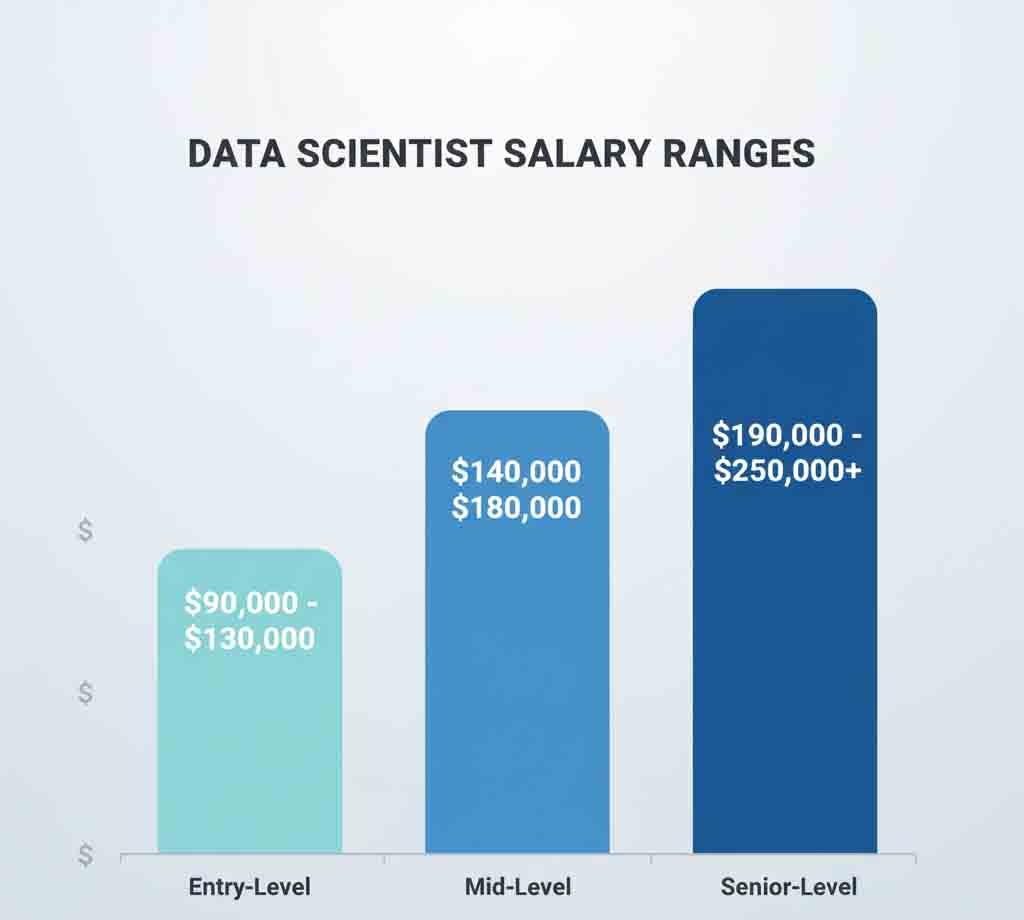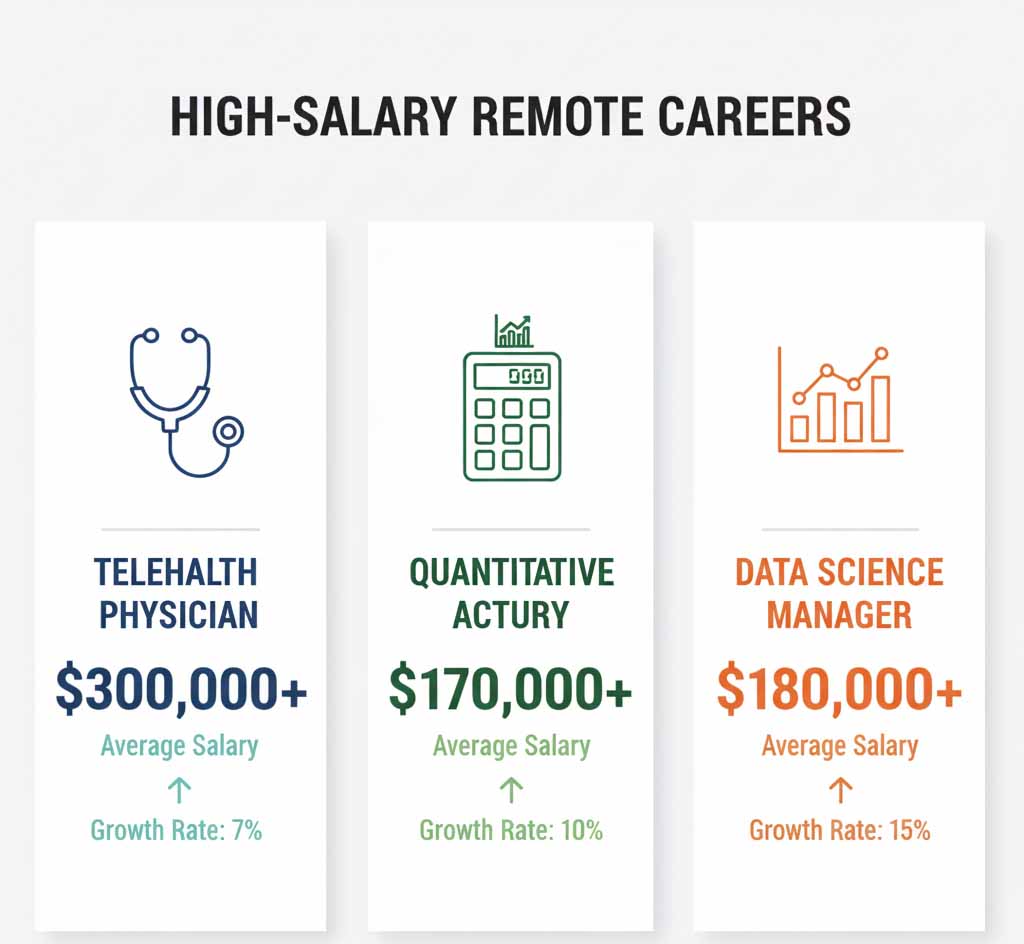Understanding U.S. salary structures is critical for professionals navigating the job market. Compensation in the U.S. typically combines fixed income (e.g., base salary) with variable components (e.g., bonuses, equity), influenced by factors like industry, location, and experience. Here’s a detailed overview to help you evaluate offers and plan your career.
1. Common Pay Frequencies in the U.S.
Unlike many countries where monthly paychecks are standard, U.S. employers often use weekly or bi-weekly pay periods. This practice is rooted in cultural preferences for frequent income disbursement and perceived fairness, as hourly workers are paid precisely for hours worked. Salaried employees may also receive semi-monthly or bi-weekly pay, with deductions for taxes and benefits applied each cycle.
2. Core Components of U.S. Compensation
A typical offer includes multiple elements beyond base salary. The Total Compensation (TC) package can significantly impact your earnings:
-
Base Salary: Fixed annual income, paid in installments (e.g., bi-weekly). In 2025, tech roles at large companies (e.g., FAANG) often range from $120,000–$160,000, while finance/consulting roles may offer $100,000–$130,000 (before bonuses).
-
Signing Bonus: A one-time payment for new hires (typically $5,000–$50,000). Some companies require repayment if you leave within a year.
-
Relocation Bonus: Covers moving costs for interstate moves (e.g., $5,000–$15,000).
-
Stock Options/RSUs: Equity grants, common in tech, vested over 4 years. For example, a $200,000 grant might distribute 25% after Year 1. Be aware of tax implications and “cliff” vesting schedules.
-
Performance Bonus: Annual cash bonuses tied to goals. In finance/consulting, this can reach 30–100% of base salary; in tech, it’s often 10–20%.
-
Benefits:
-
401(k) Match: Employer contributions to retirement plans (e.g., 3–6% of your salary).
-
Health Insurance: Often covers medical, dental, and vision.
-
Perks: Stipends for meals, fitness, or education (e.g., Google’s $10,000/year education fund).
-
3. Key Factors Influencing Salary Levels
-
Location: Salaries in cities like Seattle must meet minimum wage standards ($20.76/hour in 2025)and are typically 40% higher in tech hubs like San Francisco.
-
Industry: Tech and finance lead in compensation, while startups may offer more equity but lower base pay.
-
Experience: Entry-level roles (e.g., Junior Data Analyst) might earn $70,000–$95,000, while senior positions (e.g., Principal Engineer) can exceed $180,000 in base salary alone.
4. Salary Negotiation Strategies for 2025
U.S. employers expect candidates to negotiate. Avoid common pitfalls like focusing only on base salary or accepting vague bonus promises:
-
Research Market Rates: Use resources like Levels.fyi or Glassdoor to benchmark your offer.
-
Discuss Total Compensation: Ask for a written breakdown of base pay, bonuses, and equity. If the base is non-negotiable, request a higher signing bonus or accelerated stock vesting.
-
Leverage Competing Offers: Politely mention higher offers (e.g., “Amazon’s TC for this role is $180,000”) to justify your request.
While some companies maintain traditions of salary confidentiality, transparency is growing. Sharing general salary ranges with trusted colleagues can help identify disparities and empower you to negotiate fairly.


